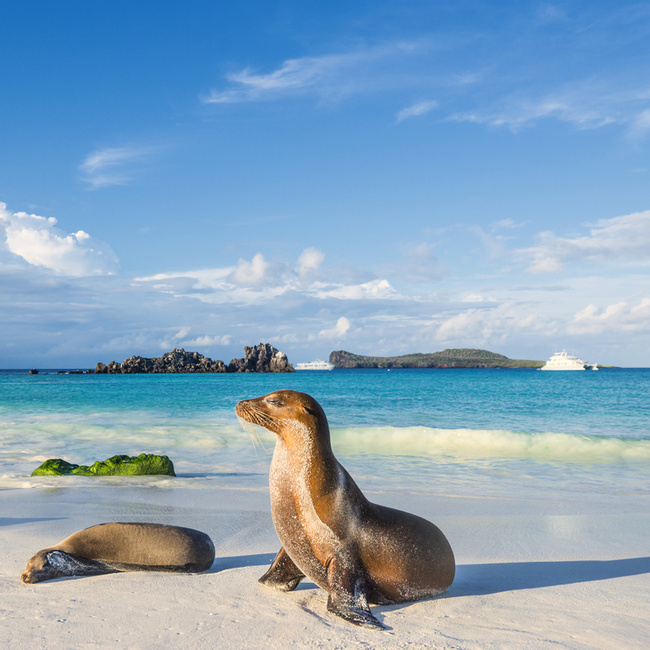- Travel Guides
When to Visit Ecuador
Ecuador is an incredible country with an ample offering of destinations, attractions, and activities. Before deciding when to visit, it’s a good idea to read up about the weather and holidays in Ecuador.

You can reach Ecuador by land, sea, and air; once you arrive, you'll have to tend to entry requirements. Generally this is limited to a valid passport, proof of onward travel or a return trip, and proof of enough money to pay for your trip. Still, we suggest you read Anywhere's entry requirements article, and check the latest official Ecuadorian entry requirements to be certain you're fully prepared.
The geography of Ecuador creates four (4) distinct regions—each with its own unique climate. This means that the weather you will encounter is not only tied to the time of year you choose to visit, but which region you expect to find yourself in. Consider this point carefully before booking your trip to Ecuador, and when packing, because it will greatly influence the 'best time' for you to visit the country.
In the Sierra (which includes cities like Quito and Cuenca), temperatures are largely determined by altitude. Most cities see pleasant, spring-like temperatures throughout much of the year—for example, Quito has an average high of 66˚F (19˚C) and average low of 50˚F (10˚C). The mornings and nights are cool, but temperatures heat up as the sun rises. The dry season lasts from June–September, and this is also the coolest time of year. The rainy season lasts from October–May. During this season, showers often fall during the afternoon.
Ecuador’s coast has stronger seasonal shifts. The rainy season is from January–April, and is marked by high temperatures and humidity. Coincidentally, the sun shines more during the rainy season than during the dry season. The mornings and early afternoon are often sunny, but are followed by strong downpours in the late afternoon. The dry season on the coast is from May–December. It’s cooler during this time of year, but also much cloudier.
Not surprisingly, the Galápagos have similar weather patterns to the coast. The air and water are cooler during the dry season than during the rainy season. Light rain usually falls daily during the rainy season in the Galápagos, but it’s not bad enough to make activities impossible or unpleasant.
The Amazon sees rain throughout the year, but it’s especially wet from June–August. The driest time of year here is from September–December. Like other places, rains tend to come in the afternoon. The daytime highs are around 88˚F (31˚C), while nighttime temps reach 68˚F (20˚C).
The high tourist season in Ecuador corresponds with vacations in the U.S. and Europe—June through early September, and late December through mid-January. During these times of year, there will be more travelers in top destinations, like the Galápagos, which sees increased cruise ships and an overall increase in visitors. Expect to pay more for hotels and transportation as well. If you know that you want to travel during the high season, make reservations as far in advance as possible.
Traveling during the off-season can be more economical. The off-season lasts from September–November and from February–April. Rates for hotels, tours, transportation, and even restaurants are reduced during this period. Crowds are smaller as well.
Major holidays like Christmas, New Year’s, and Easter are all widely celebrated in Ecuador. Other important holidays or festivals to note include Carnival (which usually begins in February the weekend before Ash Wednesday) and Ecuador’s Independence Day, which falls on August 10th.
We believe travel is more than ticking destinations off a list – it’s about discovering new places deeply, feeling connected wherever you go, and knowing you have a trusted team behind you every step of the way.



